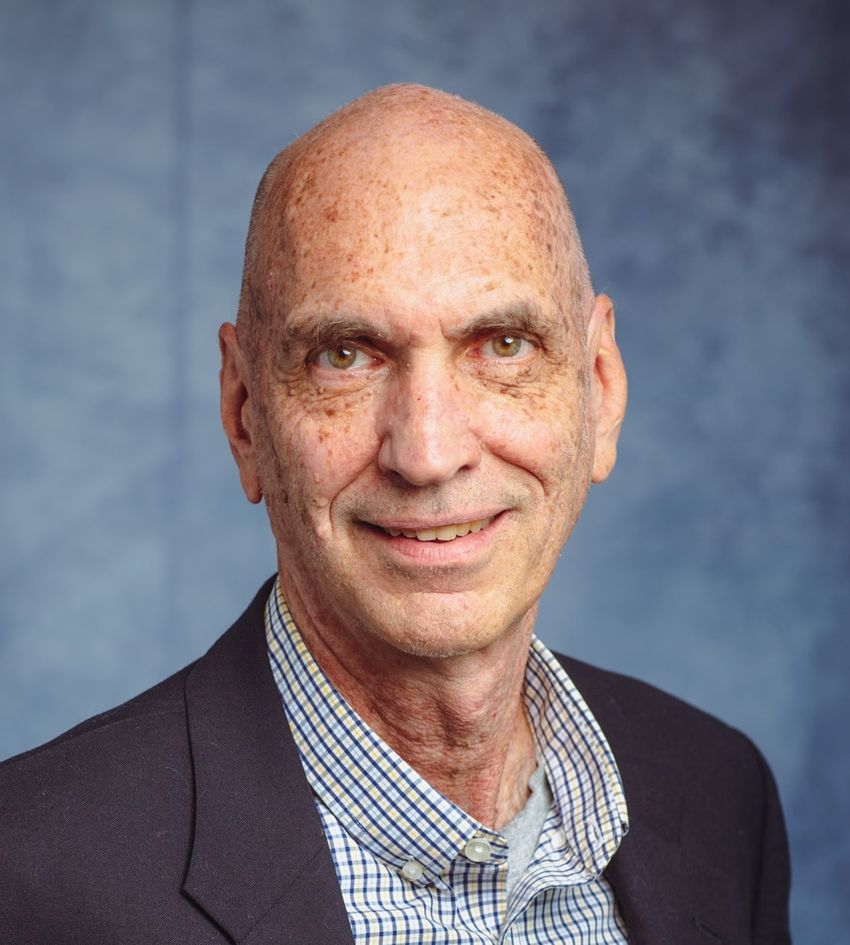Researchers noted both what did and didn’t surprise them about 2025’s Nobel Prizes.
As this year’s Nobel Prize week comes to a close, the editors at The Scientist surveyed researchers on their reactions to the award winning research, specifically the Chemistry Nobel Prize honoring metal-organic frameworks and the Physiology or Medicine Nobel Prize for peripheral immune tolerance. Looking back at our poll of scientists’ Nobel Prize predictions from a couple weeks ago, the award-winning research certainly seems to have been a surprise to some! Read on to see what scientists are saying:
Immunologists Celebrated Regulatory T cells’ Win
Michael Mina, an immunologist and chief scientific officer of YourBio Health wrote on X:
Tregs for the win! Love to see immunologists win the Nobel Prize. The discovery of Foxp3 expressing T-regulatory cells has transformed our understanding of how the immune system does not attack itself.
It used to be thought that the thymus was the gate keeper. In the late 90’s / early 2000’s a subset of T cells were identified that help the body not attack itself. Foxp3 is the name of the gene that was discovered that controls this lineage of T cells. T regulatory cells, today, are part of immunology’s common lexicon and a frequent cell type to figure out how to harness to treat or prevent autoimmune disease. A well-deserved prize!
Peter Higgins, a physician scientist at the University of Michigan Medical School also wrote on X:
Great to see this work recognized. Folks with Foxp3 mutations (IPEX syndrome) who lack functioning Treg cells develop autoimmune diseases like type 1 diabetes at a young age. Stimulating native Tregs/infusing exogenous Tregs may be viable strategies for autoimmune diseases. #IBD
Many Emphasized the Importance of Foxp3’s Discovery and Inclusion in the Prize
Holden Maecker, a cellular immunologist at Stanford University said:

Holden Maecker is a cellular immunologist at Stanford University,
Stanford Cancer Institute
I think it’s great that Tregs are the subject of this year’s Nobel Prize. They are certainly an important and intriguing version of my favorite cell type (T cells)! And they’ve spawned so much work, for their role in cancer and other diseases, their potential in cell therapy, etc. It’s interesting that the prize focused not only on the discovery of regulatory T cells but on the discovery of Foxp3. Of course, this makes good sense as FOXP3 is the key transcription factor for the Treg lineage—so perhaps an unforeseen but interesting and sensible call.
Adrian Liston, an immunologist at the University of Cambridge wrote on LinkedIn:
It wasn’t until 2003 that regulatory T cells gained wide uptake by the immunology community. This key breakthrough happened by the linking of Foxp3, the IPEX/Scurfy gene, and regulatory T cells. Three groups, led by Sakaguchi, Ramsdell, and Sasha Rudensky, all demonstrated that FOXP3 was acting as the master transcription factor that converted regular T cells into the immunosuppressive regulatory T cells. Suddenly everyone could study Tregs and manipulate their genetics, with tool after tool coming online (especially from Rudensky, Tim Spawasser, and Jeff Bluestone). It triggered an exponential increase in papers on regulatory T cells, linking them to disease after disease.
The impact has been enormous, with regulatory T cells going from being a niche frowned-upon subset of immunology, to underpinning our entire understanding of how the immune system works. #Therapies based on boosting Tregs (e.g. IL2) or bypassing Tregs (anti-CTLA4) have transformed treatments. The pre-clinical pipeline is even richer, so we can expect many more regulatory T cell-based therapies to enter the market soon!
Huge congratulations not only to the team leaders who won this prize, but all the students, technicians, and expert scientists who did the work that underpins this discovery. Their work, and the work of those following in their footsteps, is changing the future for #patients!
Metal-Organic Frameworks Have Been a Nobel Prize Favorite
Leighton Jones, a materials chemist and information scientist at the Chemical Abstracts Service (CAS) at the American Chemical Society said:
To be fair, this was somewhat expected for some time. Metal-organic frameworks (MOFs) have been around for a while, as we know, from the late 80s and certainly early 90s. At CAS, we index a lot of the world’s scientific data, so we monitor a lot of the publications, citations, and concepts. We have over 100,000 different documents referenced specifically to MOFs. It is certainly a very highly active area, and we’ve been keeping tabs on it for awhile and definitely, these winners have been very hot contenders for the Nobel Prize for several years.
Responses have been edited for length and clarity.
